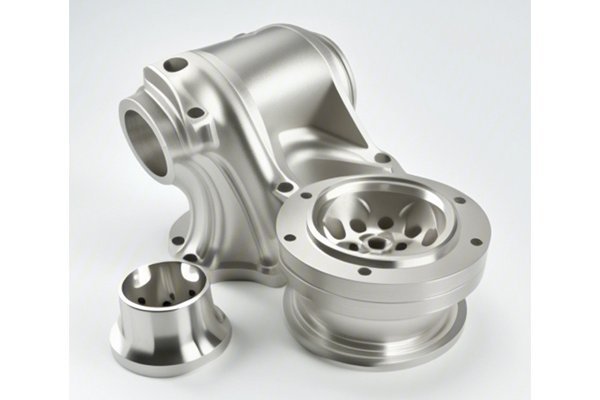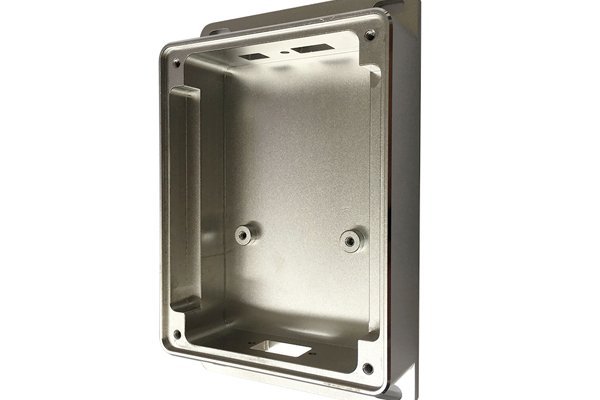Did you know that nylon, specifically PA6 and PA66, is considered one of the most versatile engineering thermoplastics used in various applications, from automotive to consumer goods? With increasing demand for lightweight and durable materials, understanding the complexities of CNC machining these types of nylon is crucial for manufacturers and engineers aiming to capitalize on their benefits.
The Challenges of Machining PA6 and PA66 Nylon
While polyamide (nylon) materials offer significant advantages, CNC machining them presents distinct challenges due to their inherent properties. Here’s a detailed look into the difficulties faced during the processing of PA6 and PA66 nylons and how to overcome them.
PA6 Nylon
PA6, also known as nylon 6, is produced from caprolactam and is known for its excellent toughness, good elasticity, and impact resistance. It exhibits low friction, making it an excellent choice for bearings and mechanical parts. However, it has a higher tendency to warp during machining due to its semi-crystalline nature.
PA66 Nylon
PA66, or nylon 66, is derived from hexamethylene diamine and adipic acid. It offers greater strength and thermal resistance compared to PA6, making it ideal for applications requiring high tensile strength and durability. However, its processing temperature is higher, which can complicate CNC machining.
a. Tool Wear and Selection
Machining PA6 and PA66 can lead to accelerated tool wear due to their abrasive nature. Using the wrong tools can result in quick deterioration and ineffective cutting. Proper selection of high-speed steel (HSS) or carbide tools and coatings like TiAlN can significantly enhance performance.
b. Thermal Expansion
Both types of nylon exhibit significant thermal expansion when machined, which results in dimensional inaccuracies. Understanding thermal management is critical. Utilizing effective cooling strategies during machining, such as employing specialized cooling fluids, can mitigate this issue.
c. Chip Formation
Nylon tends to produce long, stringy chips that can entangle in the machinery. This can lead to increased downtime for maintenance and troubleshooting. Utilizing appropriate chip breakers and enhancing tool geometry can help achieve better chip formation.
d. Dimensional Stability
Both PA6 and PA66 have a tendency to warp post-machining due to moisture absorption. To ensure precise dimensions, it’s vital to control environmental conditions. Drying the nylons before machining can greatly aid in maintaining dimensional stability.
a. Tooling Optimizations
Choosing the right tooling geometry is essential when working with PA6 and PA
b. Effective Machining Parameters
Careful selection of machining parameters, such as feed rates and spindle speeds, plays a significant role. For nylons, lower spindle speeds and higher feed rates are recommended to mitigate heat build-up and reduce melting. It’s important to perform tests to find the optimal settings for your specific application.

c. Cooling Systems
Incorporating mist cooling systems or dry machining techniques can prevent thermal distortions and ensure a higher quality finish. Controlling the temperature during machining helps maintain the integrity of the nylon structure, minimizing deformation.
d. Material Pre-treatment
Pre-treating the nylon materials by drying or conditioning prior to machining can significantly reduce moisture absorption and subsequent warping. A controlled environment and moisture control can lead to improved performance post-machining.
a. Tool Maintenance
Regular inspection and replacement of machining tools are essential best practices. Keeping tools sharp and in good condition minimizes cutting forces and improves surface finish.
b. Environment Control
Machining nylons requires close attention to environmental conditions. Maintaining a consistent, low-humidity environment helps reduce the risk of warping and ensures that the machined parts remain stable over time.
c. Quality Control Measures
Investing in robust quality control technology will allow for continuous monitoring of part dimensions during the CNC machining process. Utilizing advanced software and measuring instruments can lead to real-time adjustments and improvements.
a. Advancements in Material Science
As manufacturers continue to seek lightweight and high-strength materials, advancements in nylon composites and blends are being developed. These innovative materials present new opportunities for CNC machinists to utilize the advantages of nylon while mitigating some machining challenges.
b. Automation and Robotics
The rise of automated CNC machines can enhance precision and efficiency. Implementing robotics in the machining process allows for repetitive tasks to be performed with a high degree of accuracy, reducing human error and increasing productivity.
c. Enhanced Software Solutions
Advanced CNC software with simulation capabilities allows for better planning of machining processes, optimizing toolpaths, and reducing waste. Continuous improvements in software technology enable machinists to predict potential issues before they arise.
The processing of PA6 and PA66 nylon in CNC machining is undoubtedly complex but manageable with the right knowledge and strategies. The characteristics of these materials demand specific attention to tooling, machining parameters, and environmental controls.
Understanding the challenges and implementing solutions not only enhances the quality of the final product but also improves efficiency and reduces operational costs. As engineering continues to evolve, engineering professionals must adapt, incorporating innovative practices into their machining processes to fully utilize the advantages of nylon materials.
Reflecting on these insights not only reassures the importance of the engineering materials we choose but also fosters a culture of continuous learning to meet the ever-changing demands in manufacturing. By embracing the complexities of machining PA6 and PA66, manufacturers can unlock new possibilities in product development that align with the modern needs for lightweight, durable materials.






